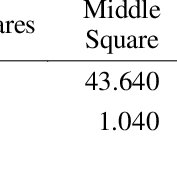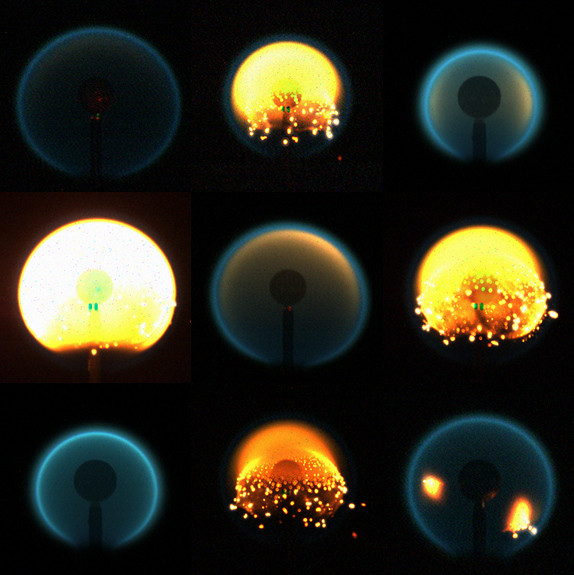
Mechanism of soot formation by burning edible oil (wick-and-oil flame
Download scientific diagram | Mechanism of soot formation by burning edible oil (wick-and-oil flame synthesis) from publication: Performance studies of an electric double-layer capacitor (EDLC) fabricated using edible oil-derived activated carbon | This work reports the synthesis of bio-carbonaceous electrode material, carbon soot (CS), by molecular growth of hydrocarbons in a simple chain reaction without any artificial environment. The activated CS (ACS) is derived by burning the mustard oil (wick-and-oil flame | EDLC, Capacitor and Electrics | ResearchGate, the professional network for scientists.

Schematic representation of the soot formation process

Structural and Electrochemical Properties of KOH-Activated Carbon

Examination of Laminar Diffusion Flames

20610 PDFs Review articles in MUSTARD PLANT

Sanjay SHARMA, Ph. D., Gautam Buddha University, Noida, GBU, School of Information & Communication Technology

Micro oil heater for a small tent - Tim Tinker

Analysis of soot particles derived from biodiesels and diesel fuel

Experimental studies of soot formation for petro‐ and renewable

Schematic of Soot synthesis by wick-and-oil flame method

Unlocking the Mysteries of Fire in Space

Sanjay SHARMA, Ph. D., Gautam Buddha University, Noida, GBU, School of Information & Communication Technology









